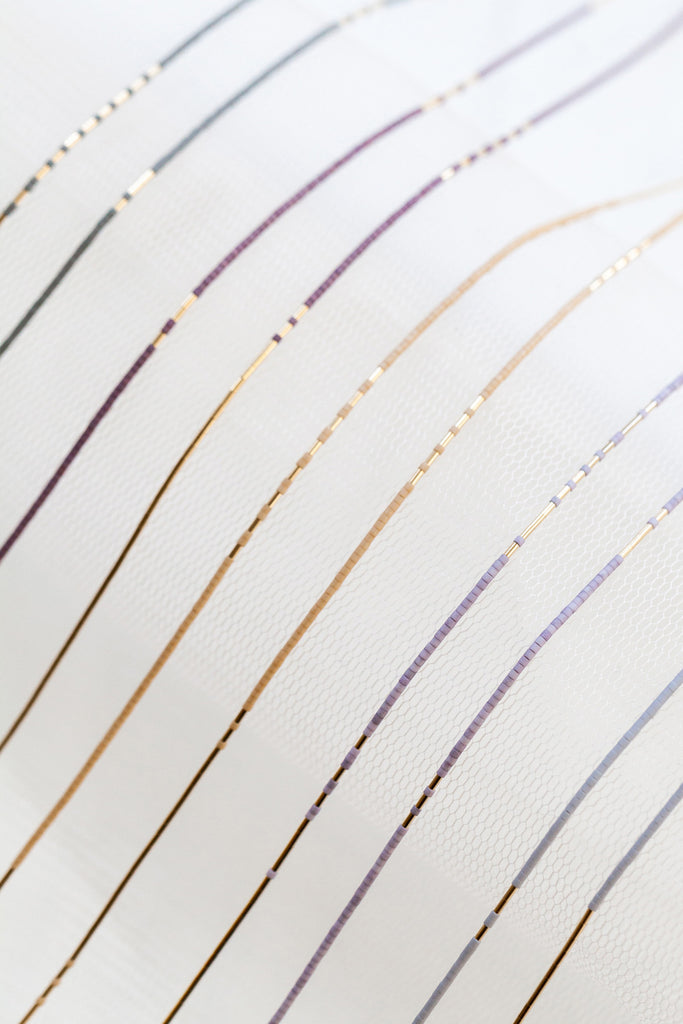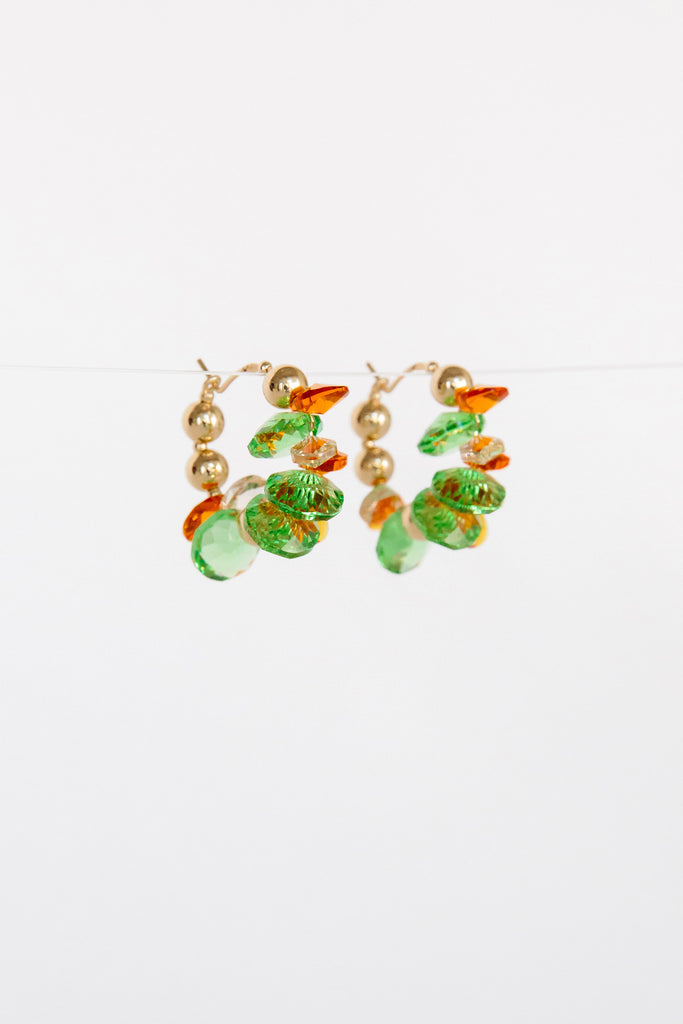
The third row from the bottom represents hundreds, and so on. Russian shopkeepers used this abacus for trade purposes (Kopek is a currency counting unit in Eastern Europe.

The lower three rows are specifically used for counting Kopeks, whereas the other rows are used for Roubles. So, one has to move the beads from right to left to add or subtract any numbers. This position is also called the ‘Resting position’. The Russian abacus has a straightforward design. Can you believe that the ancient Russians came up with such a creative and sophisticated device? Such a stunning design it has, in the history of all types of an abacus.ĭid you Know? The metal rods on which the beads slide have a slight curvature, in order to prevent the counted beads on the left from accidentally sliding to the right. That indeed gave it a classy look! Go ahead and take a look at it for yourself. After that, move the beads from right to left for the calculation. First, slide all the beads to the right to Set-Zero. For easier identification, the 5th and 6th beads usually have a different color than the rest of the beads in a row. But, the calculations were easier because of the single-deck pattern of the abacus. The design was a bit confusing due to the larger number of beads on most of the rows. While the other nationalities came up with an abacus that has two decks, the Russian abacus had a rather simpler design with only one deck. The first beads of the thousand rows are also highlighted for easier identification.The two beads in the center of the row are highlighted in different colors to mention 1/2 and 3/4.
Abacus row code#
Except for the Quarter row, this color code was followed all over the device.However, the sixth bead is usually the same color as that of the fifth bead. The Sixth bead was also provided in a different color for easy identification.The fifth bead in each row is usually in a different color from the other beads.In comparison with the traditional abacus, there is a larger number of beads on every row. Sounds amazing, right? Read on to find out the usage and the versatility of this creative invention.ĭid you Know? The older models of Schoty abacus had two 4-beaded wires till 1916. This device was used for calculating Half (1/2), Quarter (1/4), Three-fourth (3/4) of the currency as well. The main purpose of the Schoty abacus back in those days was business calculations and currency rounding. Each row has ten beads, representing the ten fingers. The concept of the design is themed identical to the human hand. The method of operation is also different from that of a regular abacus with upper and lower decks. In the contrast, the 8th row alone has 4 beads on it. The Schoty abacus has eleven rows with ten beads on each wire. There are no partitions in the design, and there is only one deck for all the beads in the abacus. The design consists of only rows and no columns. The vertical rods have beads of different colors on them. The Russian abacus or the Schoty abacus has a simple design with a wooden frame with a single slanted deck. In Russian, the Schoty abacus is called as, счёты – meaning counting. It has 11 rows of wooden beads/pebbles sliding on them. The Japanese and Chinese abacus influenced the design of this abacus.

The Russian abacus was invented in the 17th century.

Now, let’s dive deep and learn more about the Shaw-tee abacus. Introduced mainly for currency calculations, the Russian abacus was an integral part of counting and businesses in the Soviet Union, centuries back. The Russian abacus or the Schoty abacus is pronounced as Shaw-tee. It was majorly used for Rouble calculations relating to the Russian currency. The Russian abacus has a simple design and a much specific purpose. The Russian abacus, otherwise called the Schoty abacus, is not as well-known as the Japanese or the Chinese abacus. Also, these devices are very simple to use, yet very versatile. Rods, beads, and frames put together have created various types of an abacus. It is fascinating how one invention influences the other and gives rise to a whole different phase in history. This is one of the very rarely spoken about types of abacus, invented centuries ago. In this article, we shall indeed discuss a lesser-known invention – the Russian abacus.

Every month, we have been bringing to you educational blogs on types of abacus and their evolution. Hello readers! Back to you, the intriguing and interesting topics from the history of the abacus.


 0 kommentar(er)
0 kommentar(er)
